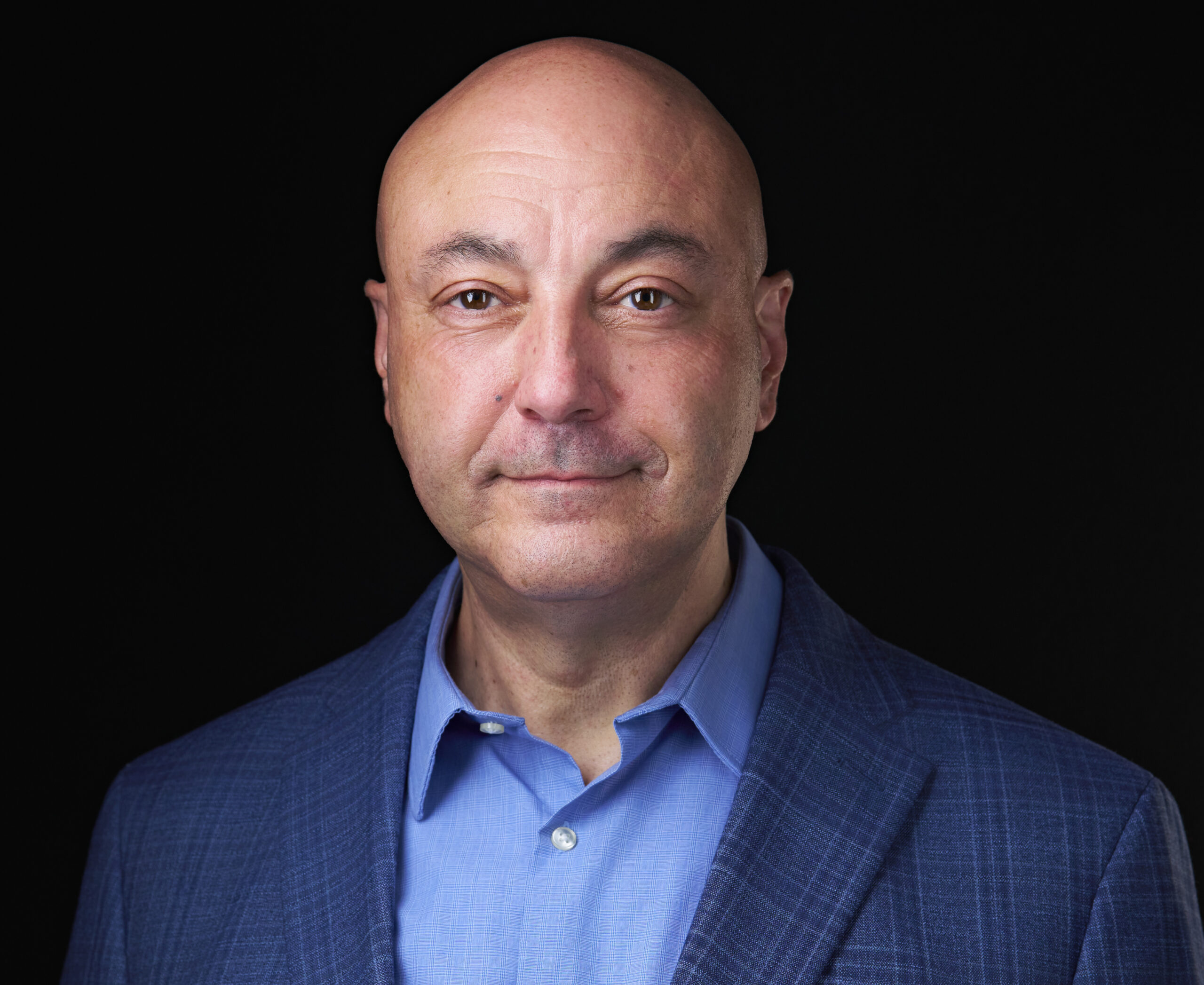Sponsored: Westfield Specialty
How the Right Insurance Carrier can Help Mitigate this Overlooked Risk for Contractors

In some aspects of the construction business, pollution risk exposure is obvious. Utility contractors working on oil and gas lines, for example, are often aware of the need for caution. But smaller contractors working on more surface level projects, like streets and roads, may not necessarily think about the environmental impact of their activities. Every type of construction activity, though, has the potential to pollute.
“A contractor might not be doing any digging or excavation to depth. They might just be removing surface pavement, regrading, repaving, and walking away. You could assume there is pretty limited exposure there. But we’ve seen firsthand that this is where things can go wrong,” said Dennis Willette, Head of Environmental Liability, Westfield Specialty Insurance.
Underestimation of potential exposure often leads to underinsurance.
“A significant number of small contractors are under insured in this area. Some of them may have sublimits for pollution coverage through their general liability policies, but that’s not universal or common,” Willette said.
Small contractors can benefit from working with a carrier that has a deep understanding of environmental risk and can work collaboratively with insureds to assess, mitigate, and insure potential exposures.
Overlooked Exposures

Dennis Willette, Head of Environmental, Westfield Specialty Insurance
Any type of excavation means movement of dirt and debris, and the potential for pollution exists any time that dirt and debris goes somewhere it shouldn’t be.
“There was a significant ruling in Georgia where silt & sedimentation damaged a neighboring pond next to an excavation site. You’re talking liability in the hundreds of millions in that case,” Willette said.
“There have been cases where a manhole cover pops off, and the dirt gets into a sanitary sewer and causes a blockage, meaning that sewage backs up into a nearby property. The sewage would be considered a pollutant, and a general liability policy likely will exclude coverage in that situation because of the total pollution exclusion found in most general liability policies.”
Any work that generates waste, dirt or dust carries similar exposures. Drywall contractors, insulation contractors and even landscapers are all at risk of polluting the local environment to some degree.
The risk landscape has also been impacted by regulatory changes. Increased focus on per- and polyfluoroalkyl substances (PFAS), for example, has elevated the risk associated with sourcing and use of certain materials. Contractors have to be aware of the chemical compounds present in the materials that they may be introducing to the surrounding environment.
“Contractors are not necessarily thinking about all of these scenarios. They are focused on the project at hand, not on their pollution exposure and certainly not the adequacy of their insurance. In our experience, clients typically come to us because they have a contractual obligation to carry environmental coverage, not because they think they have the exposure,” Willette said.
This highlights a need for education around environmental risk among small to medium-sized contractors, and the need for a collaborative specialty insurer who can focus on these exposures in detail.
A Consultative Approach to Insurance
A consultative approach to environmental insurance helps contractors better understand their exposures, empowering them to secure adequate coverage and take steps to help minimize their risk. For this approach to work, an insurer needs two key components: deep technical expertise, and the willingness to listen and learn.
“It’s about learning. A contractor may not know what their environmental concerns should be, but I can help by learning about their business. I can learn about the type of work they do and the brokers that they work with to secure their insurance. And I can help identify and educate them about some of the gaps in their risk management strategy,” Willette said.
This learning and educating process of course must be backed up by firsthand knowledge.
“I was a technical consultant evaluating and overseeing environmental remediation and cleanup projects. I was working hand in hand with regulators. That enables me to provide technical expertise about potential environmental exposures while offering a product that helps solve a problem,” Willette said.
An experienced and responsive claims team is also critical in executing this approach, as they are often the first contact when insureds are faced with a potential loss.
“We have an extremely experienced staff of claims adjusters in house at Westfield Specialty. I can’t say enough about them. They work closely with underwriters to add their perspective when evaluating risk and help ensure that policies provide the appropriate coverages.
They leverage our relationships with third party response and remediation companies to get our clients the help they need as quickly as possible to minimize and sometimes prevent losses,” Willette said.
“That’s what it means to work collaboratively. We work with our clients to provide real solutions to their problems.”
The Benefit of Broader Coverage
At the end of the day, an insurance policy is a promise, and its value is only realized if covered losses are paid. Westfield Specialty ensures it can make good on its promises through broadened terms and conditions.
“I think there is a lot of uncertainty in the market around how a pollutant is defined. General liability coverage often has a way out of certain claims due to pollution exclusions, but it may not be clear to insureds what constitutes pollution,” Willette said.
“So, our typical approach is to provide broadened definitions of pollutants to which coverages can apply. There are certain things that we’ve deemed extremely important to specify and provide affirmative coverage. For example, we affirmatively list silt and sedimentation as pollutants.”
Coverage may also provide access to mitigation and emergency response services.
“Following covered losses, we often help cover mitigation expenses for pollution, which is unique in the market. We also want our clients to let us know if something has happened that could result in a pollution event if they don’t act quickly. Our policies can provide coverage for certain preventative actions that reduce or mitigate potential losses, something that many carriers don’t typically cover,” Willette said.
Advance notice of potential loss events again comes down to a foundation of trust and a true collaboration between insurer and insured. By working together to understand and proactively address risk, insurers can help contractors do their jobs more safely, protect the local environment, and avoid incurring costly expenses that could materially impact a business’s financial stability.
To learn more, visit: https://www.westfieldspecialty.com/
This article was produced by the R&I Brand Studio, a unit of the advertising department of Risk & Insurance, in collaboration with Westfield Specialty. The editorial staff of Risk & Insurance had no role in its preparation.










